Atlantic Ocean Sea Surface Temperatures

The Atlantic Ocean surface temperature is an important factor that affects various aspects of weather patterns, marine life, and overall climate conditions. It plays a crucial role in shaping the environment and influencing the dynamics of our planet. In this article, we will explore the fascinating details of the Atlantic Ocean surface temperature and its significance in greater depth.
When it comes to the Atlantic Ocean surface temperature, it refers to the temperature of the water at the topmost layer. This layer is in direct contact with the atmosphere and is affected by various factors such as solar radiation, wind patterns, and ocean currents. The temperature of the surface layer can vary significantly depending on the geographical location, seasonal changes, and global climate patterns.
The Dynamics of Atlantic Ocean Surface Temperature
The Atlantic Ocean surface temperature is subject to a wide range of variations throughout the year. This is mainly influenced by two major factors: the warm Gulf Stream and the cold Labrador Current. These two currents have a significant impact on the temperature distribution in the Atlantic Ocean.
The Warm Gulf Stream
The Gulf Stream is a powerful warm ocean current that originates in the Gulf of Mexico and stretches all the way to the North Atlantic. It is driven by the continuous flow of warm water from the tropics, transporting heat energy from the equator to higher latitudes. As the Gulf Stream moves northwards, it carries warm water along the eastern coast of North America, significantly raising the surface temperature in these regions.
The Cold Labrador Current
In contrast to the Gulf Stream, the Labrador Current is a cold ocean current that flows southwards from the Arctic regions. It transports cold water along the western coast of Greenland and merges with the warm Gulf Stream along the Labrador Sea. This interaction between warm and cold currents creates a dynamic temperature balance, resulting in cooler surface temperatures in the Labrador Sea and adjacent areas.
These temperature contrasts in the Atlantic Ocean surface play a vital role in shaping weather patterns. The warm water carried by the Gulf Stream helps to moderate temperatures along the eastern coast of North America, contributing to milder winters and creating a more favorable environment for marine life. On the other hand, the cooler waters influenced by the Labrador Current contribute to the formation of dense fog and icebergs in the Labrador Sea.
The Impact on Weather Systems
The Atlantic Ocean surface temperature has a significant influence on the formation and behavior of weather systems, particularly in the regions surrounding the Atlantic Ocean. It affects the development of tropical storms and hurricanes, as well as the patterns of precipitation and wind distribution.
1. Tropical Storm Formation
The warm ocean temperatures in the Atlantic Ocean, especially in the tropical regions, provide the necessary energy and moisture for tropical storm development. When the surface temperature exceeds a certain threshold, it can lead to the formation and intensification of tropical cyclones. These storms derive their strength from the warm water, and as they move across the ocean, they can either dissipate or continue to gain strength depending on the surface temperature conditions.
2. Precipitation Patterns
The Atlantic Ocean surface temperature also influences precipitation patterns in coastal regions. Warmer surface temperatures can enhance the evaporation rate, resulting in increased moisture availability in the atmosphere. This can lead to higher levels of precipitation, especially in areas where warm and moist air masses interact with cool air masses. Conversely, cooler surface temperatures can limit evaporation, resulting in drier conditions and lower levels of precipitation.
3. Wind Distribution
The temperature differences between the Atlantic Ocean surface and adjacent land masses create uneven heating and cooling effects. This, in turn, influences the patterns of wind circulation. Warmer surface temperatures can lead to the formation of low-pressure systems, causing air to rise and resulting in the development of prevailing winds. On the other hand, cooler surface temperatures can contribute to the formation of high-pressure systems, leading to the development of winds blowing towards lower pressure areas.
Benefits and Advantages
The dynamic Atlantic Ocean surface temperature provides several benefits and advantages:
1. Marine Habitats
The varying surface temperature supports a diverse range of marine habitats, allowing the survival and proliferation of different species. Warmer waters near the eastern coast of North America create favorable conditions for various marine organisms, including fish, corals, and other sea life.
2. Climate Regulation
The Atlantic Ocean surface temperature plays an essential role in regulating global climate patterns. The warmth carried by the Gulf Stream helps to distribute heat energy from the equator to higher latitudes, contributing to the overall balance of the Earth's climate systems.
3. Economic Activities
The Atlantic Ocean surface temperature influences a wide range of economic activities such as fishing, shipping, and tourism. The temperature conditions determine the presence and abundance of fish species, affect navigation routes, and attract tourists to popular coastal destinations.
Conclusion
The Atlantic Ocean surface temperature is a dynamic feature that significantly impacts weather systems, marine habitats, and overall climate patterns. The interaction between warm and cold ocean currents creates temperature contrasts, shaping various environmental conditions. Understanding these temperature dynamics helps us comprehend the intricate connections between the ocean and the atmosphere and their implications for life on Earth.
So, the next time you ponder the complexities of our planet's climate, remember the crucial role played by the Atlantic Ocean surface temperature.
People Also Ask
How does the Atlantic Ocean surface temperature affect hurricanes?
The Atlantic Ocean surface temperature affects hurricane formation and intensification. Warm surface temperatures provide the necessary energy and moisture for tropical storms to develop into hurricanes. The warm water acts as a fuel source and helps hurricanes gain strength. Cooler surface temperatures can limit hurricane development by reducing the available energy and moisture.
What is the average temperature of the Atlantic Ocean's surface?
The average temperature of the Atlantic Ocean's surface varies depending on the region and season. In the tropical regions, the surface temperature can reach an average of around 80°F (27°C). However, as you move towards higher latitudes, such as areas influenced by the Labrador Current, the average surface temperature can drop to around 40°F (4°C) or lower.
If you are looking for 18.4 Ocean Water | Physical Geology you've visit to the right place. We have 25 Images about 18.4 Ocean Water | Physical Geology like How Does Water Temperature Affect Tropical Systems?, Current Ocean Temperature Map and also Florida Water Temperature Map | Tourist Map Of English. Read more:
18.4 Ocean Water | Physical Geology
global surface sea distribution average temperatures annual ocean water geology wikipedia opentextbc ca physical jellyfish wikimedia commons figure upload sites
North Atlantic Ocean Showing Signs Of Shifting To Colder Temperatures -- Earth Changes -- Sott.net
 www.sott.net
www.sott.net atlantic ocean temperatures north temperature colder shifting showing signs sott changes noaa surface sea
Sea Surface Temperature Facts For Kids
 kids.kiddle.co
kids.kiddle.co temperature sea surface global sst ocean water map temperatures kids december facts data form where they quality resolution regional modeling
Atlantic Ocean Surface Temperature - YouTube
 www.youtube.com
www.youtube.com 2013 Hurricane Season To Remain Active | Earth | EarthSky
temperatures surface sea current earthsky atlantic degrees celsius cyclone favorable tropical ocean development over conditions create weatherbell analytics
Atlantic Sea Surface Temperature Anomaly
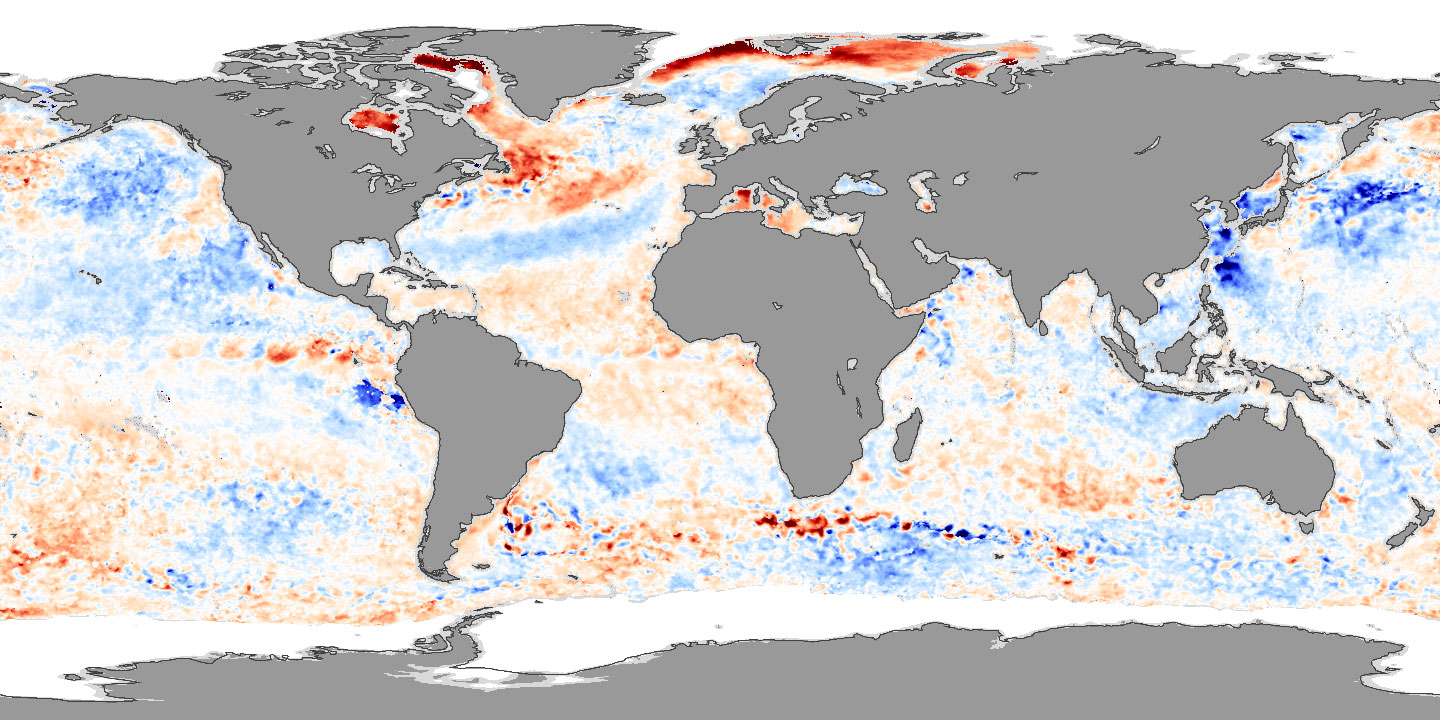 earthobservatory.nasa.gov
earthobservatory.nasa.gov sea surface atlantic temperature anomaly nasa sst ocean oceans gov 2006
Atlantic Tropical Season Heating Up – Finger Lakes Weather
atlantic sst sea temperature surface ocean anomaly temperatures analysis north noaa weather charts tropical anomalies heating season nhc water meteorological
Main Ocean Currents And Sea Surface Temperatures In The North Atlantic... | Download Scientific
 www.researchgate.net
www.researchgate.net currents
19.3 Implications Of Climate Change | Physical Geology
 courses.lumenlearning.com
courses.lumenlearning.com intensity atlantic sea storm temperatures annual relationship between surface data tropical climate cumulative change geology figure wind implications se physical
Ocean Motion : Impact : Satellites Record Weakening North Atlantic Current
atlantic north ocean nasa current impact temperatures sea surface temperature climate continues winters colder trend gov satellites weakening record centers
Florida Water Temperature Map | Tourist Map Of English
 touristmapofenglish.blogspot.com
touristmapofenglish.blogspot.com contour sst
Scientists Discovered A Simpler Pattern Of Ocean Warming - Tech Explorist
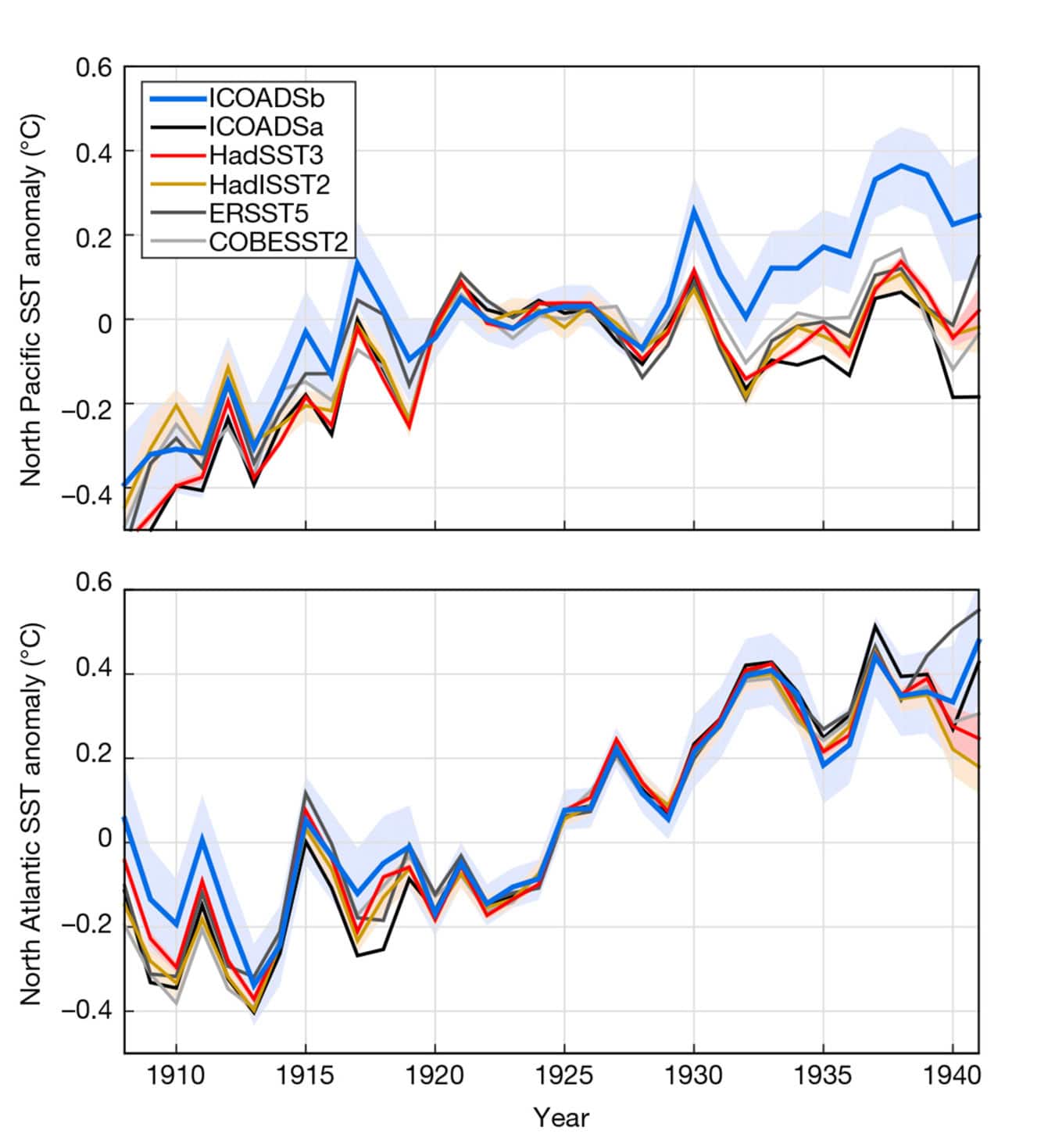 www.techexplorist.com
www.techexplorist.com temperature sea surface ocean chart pacific atlantic warming north changes data annual scientists simpler pattern discovered temperatures shows datasets different
NASA - NASA's Live Tropical Seas Surface Temperature Website Gives Climate, Hurricane Clues
 www.nasa.gov
www.nasa.gov nasa surface hurricane satellite sea temperature hurricanes 2005 climate storm katrina caribbean ocean space weather atlantic temperatures seas live data
Newquay Weather Station - Sea Tempertures
 www.newquayweather.com
www.newquayweather.com noaa sst
Record-setting Hurricane Season May Get More Active
 www.kwtx.com
www.kwtx.com atlantic sea surface map current tropical temperatures hurricane season setting active record kwtx entire
Maps Of The Sea Surface Temperatures In The Atlantic Ocean During... | Download Scientific Diagram
 www.researchgate.net
www.researchgate.net temperatures seawater
Atlantic Sea Surface Temperature Anomaly : Image Of The Day
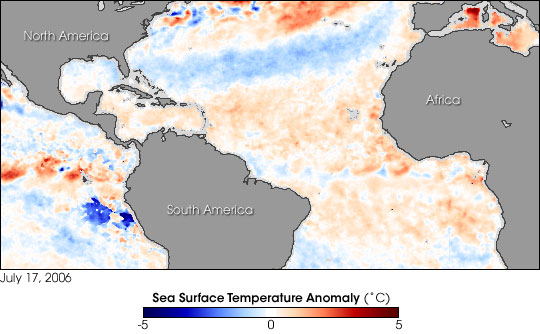 earthobservatory.nasa.gov
earthobservatory.nasa.gov sea atlantic anomaly surface temperature nasa kb gov
How Does Water Temperature Affect Tropical Systems?
 blog.weatherops.com
blog.weatherops.com temperature atlantic water sea surface temperatures tropical ocean map does weather affect systems hurricane factors whether
Water Temperatures In The Atlantic Ocean, January 2020 : MapPorn
 www.reddit.com
www.reddit.com atlantic temperatures mapporn
Climate Signals | Map: Atlantic Sea Surface Temperature Anomaly, September 4, 2017
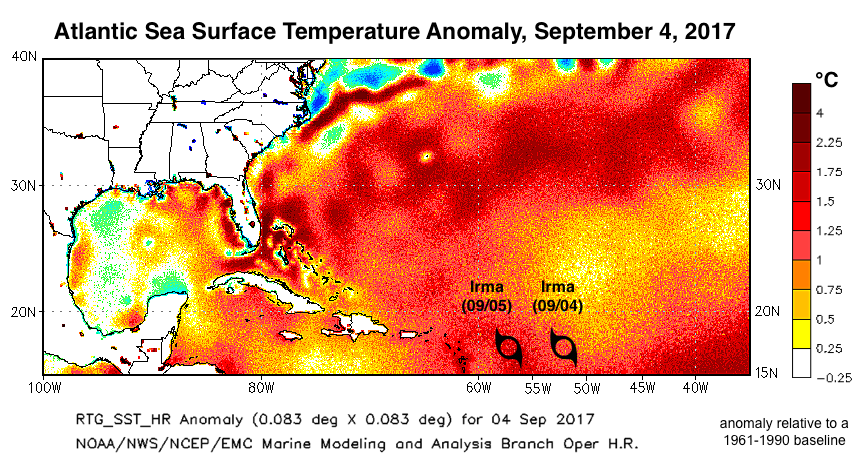 www.climatesignals.org
www.climatesignals.org surface sea temperature anomaly atlantic irma map september temperatures sept baseline amid ranging rapidly intensified between climatesignals resources
NASA - NASA Satellites Record A Month For The Hurricane History Books
 www.nasa.gov
www.nasa.gov hurricane sea surface temperatures nasa july data month record atlantic tropical storms satellite space 2005 season history during
NCEI Improves Analysis Of Sea Surface Temperatures | News | National Centers For Environmental
 www.ncei.noaa.gov
www.ncei.noaa.gov temperatures ncei noaa improves
Crested Butte Weather
 www.gunnisoninsects.org
www.gunnisoninsects.org surface sea temperatures atlantic map sst caribbean weather noaa august marine gov tropical bay ospo contour temperature tampa beach hurricane
Current Ocean Temperature Map
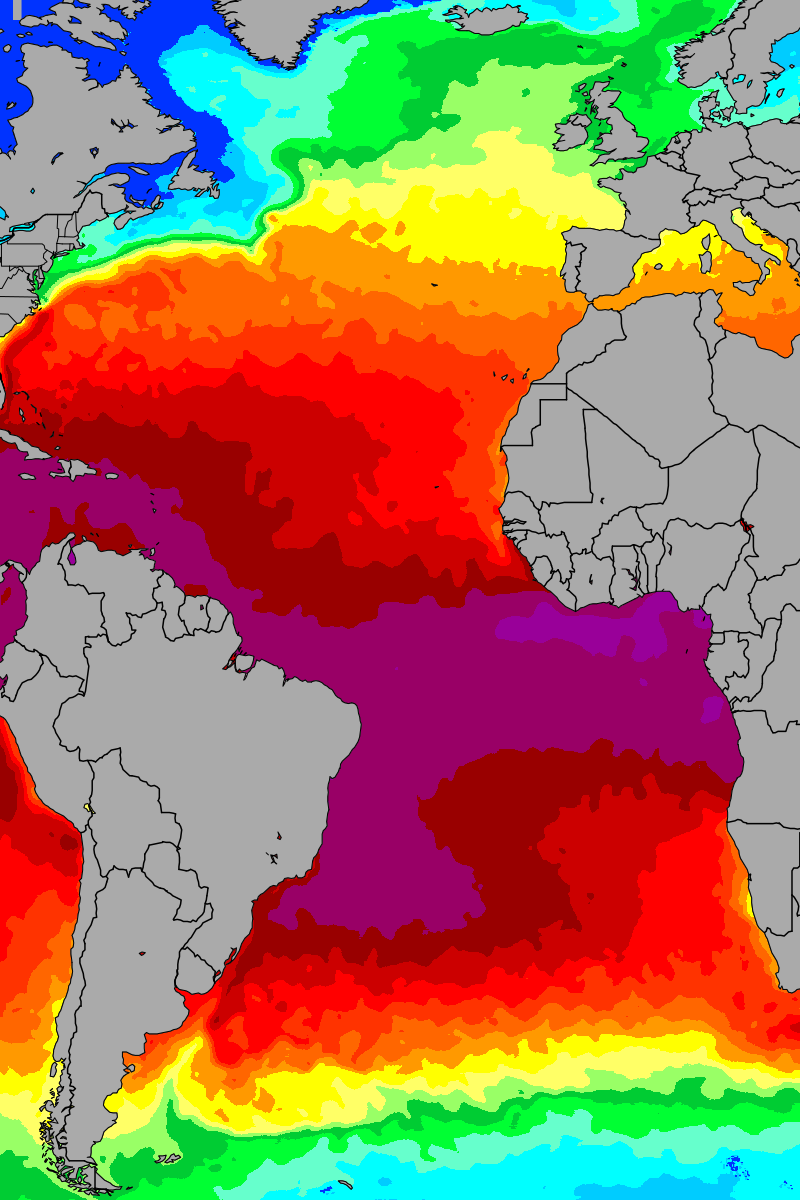 countmap.blogspot.com
countmap.blogspot.com ocean atlantic sea temperatures temperature map current maps
NOAA Forecasts Slow 2015 Atlantic Hurricane Season | Earth | EarthSky
atlantic noaa surface temperatures current sea hurricane forecasts slow season weatherbell via
Noaa forecasts slow 2015 atlantic hurricane season. Record-setting hurricane season may get more active. Contour sst
Comments
Post a Comment